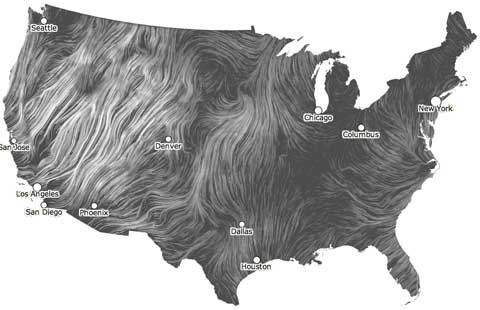[youtube]Qp-nJKBwQR4[/youtube]
This interesting new video by George Marshall from Talking Climate discusses how to talk to someone who doesn’t accept the reality of climate change or the need to act, and how best to start persuading them that they might be in error. From the Talking Climate blog post:
George emphasises that argument, conflict, and disrespectful language will make it more difficult to achieve the goals you are aiming for – that is, to encourage somebody who is sceptical about climate change to engage with the problem and possible solutions to it. Finding ‘common ground’ and being able to understand why people are sceptical about climate change in the first place is critical. It isn’t all that much to do with a lack of understanding of ‘the science’, but has a lot to do with the ‘personal journey’ that people go through when forming their beliefs about climate change and whether to engage in sustainable behaviour.
George last featured at Hot Topic a year ago, when I discussed his talk on the ingenious ways we avoid believing in climate change. In some respects this new talk builds on that, taking into account the social psychology of belief in climate change. For a more detailed discussion of what’s going on, Marshall’s colleague at Talking Climate, Adam Corner, popped up at the Guardian last week to discuss an experiment on how attitudes condition belief:
What this experiment illustrates, though, is that “belief” in climate change is very much what matters. Without belief in climate change, scientific evidence simply bounces off. And it is social views and cultural beliefs that predict climate change denial, not people’s level of knowledge about climate science.
There’s lots of interesting stuff in Marshall’s video, in Corner’s article and at the Talking Climate web site. I would like to think that I follow Marshall’s suggested approach in one-on-one conversations — I usually find it pretty easy to find common ground with my more sceptical neighbours, for instance — but even the best of intentions can break down in the face of an intractable relative, whether Uncle Bob or the sister-in-law from over the sea…
See also: The Debunking Handbook, by John Cook and Stephan Lewandowsky.

 A
A 
